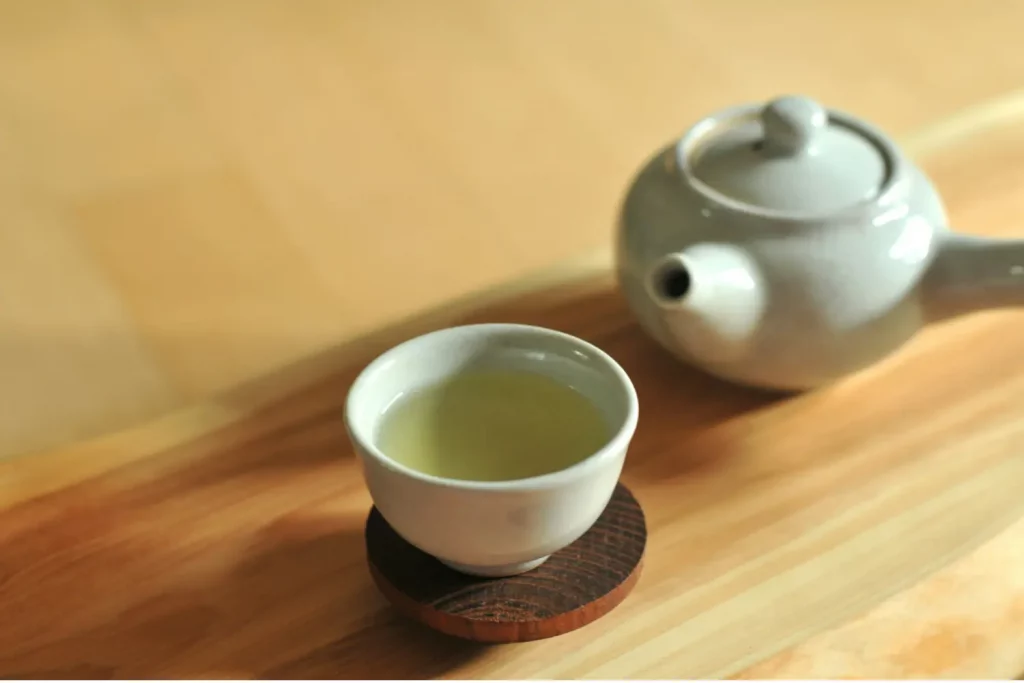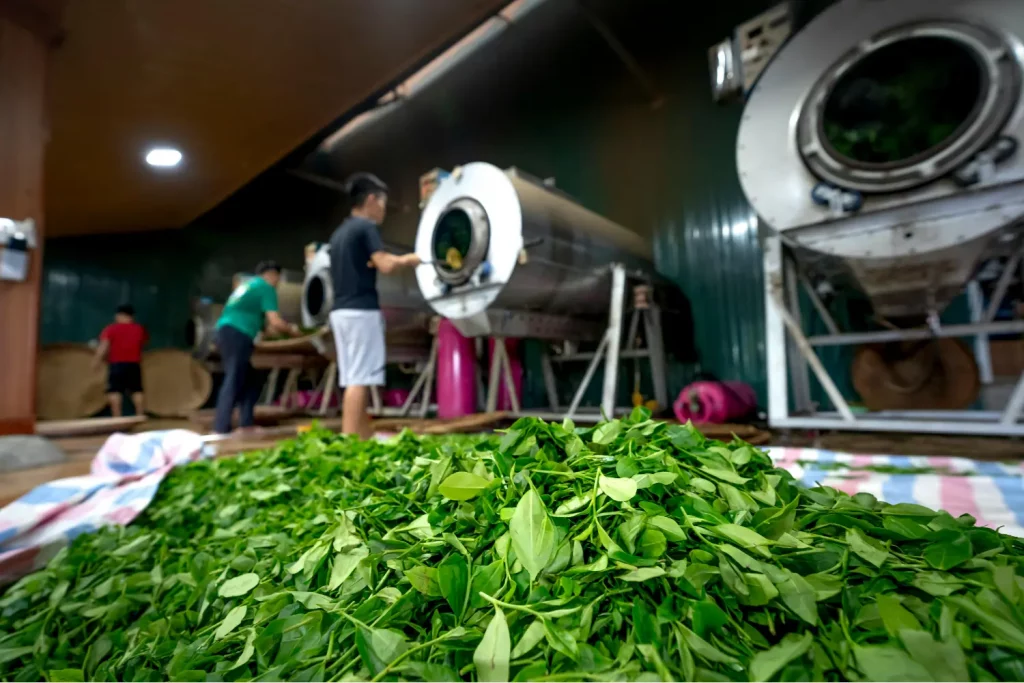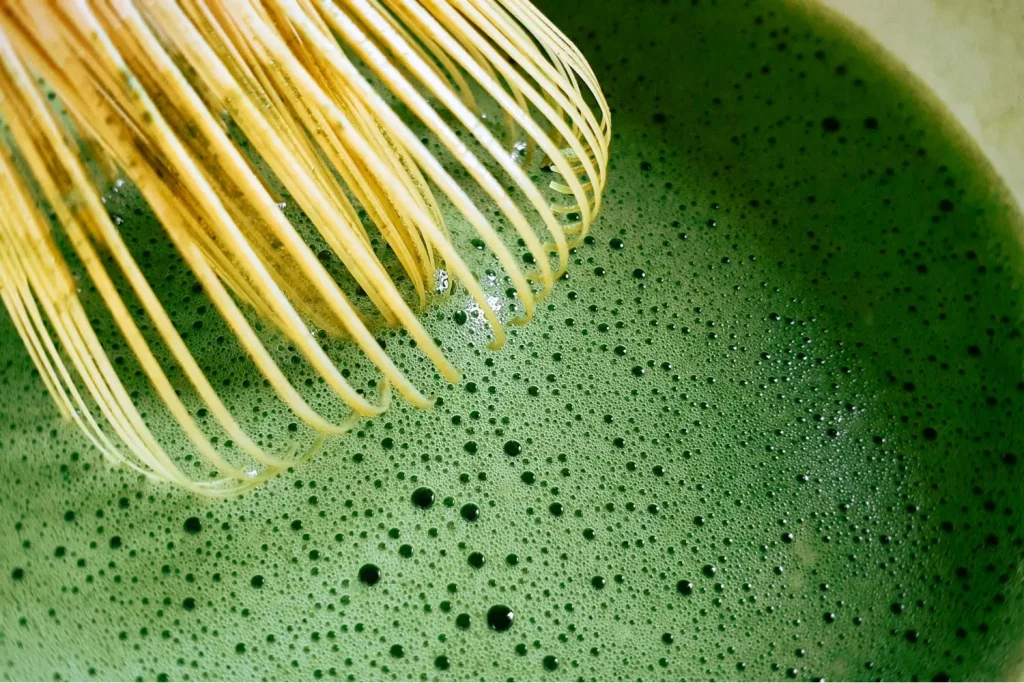Green tea is more than a refreshing drink — it's a ritual rich in tradition and health benefits. In this guide, you’ll discover what green tea is, how it’s made, how to prepare it, and why it’s considered one of the healthiest drinks in the world.

Why Is It Called Green Tea?
This tea gets its name from the natural green color of the leaves and the infusion. Unlike black tea, green tea leaves undergo minimal oxidation during processing. This allows the leaves to retain their green color and a lighter, more delicate flavor profile.
How it Is Made
The production of green tea involves several steps designed to preserve its natural color and nutrients:
- Harvesting – Usually by hand, selecting the youngest, freshest leaves.
- Withering – Leaves are spread out to dry slightly.
- Heat treatment – This step stops oxidation. In China, leaves are typically pan-fired; in Japan, they’re steamed.
- Rolling – Leaves are shaped into curls, balls, or needles.
- Drying – Final drying locks in flavor and prepares the tea for packaging.
This careful process preserves the antioxidants and polyphenols that make this tea so beneficial.

Green Tea Benefits
This beverage has earned a reputation as a superdrink — and with good reason. Here are some of its most studied and appreciated health benefits:
- Rich in antioxidants, especially catechins like EGCG
- Boosts metabolism and supports weight loss
- Improves brain function, thanks to caffeine and L-theanine
- Supports heart health, according to Harvard Health
- Reduces the risk of certain cancers (PubMed study)
- Improves skin health and fights signs of aging
- May help regulate blood sugar and reduce the risk of type 2 diabetes
According to WebMD, green tea is rich in antioxidants and may aid in weight management and mental focus.
Tip: To get the most from its antioxidants, choose high-quality loose leaf tea.
Discover our selection of green teas 🌿
How to Prepare Green Tea
Brewing this wonderful tea properly is key to unlocking its full potential:
- Water temperature: 70–80°C. Avoid boiling water — it will make the tea bitter.
- Steeping time: 1–3 minutes. Longer can result in astringency.
- Tea quantity: 2g per cup (200ml) is ideal.
Note: These are general guidelines. Always refer to the preparation instructions on the package, as optimal brewing time and temperature may vary depending on the type of tea.
Types of Green Tea
This tea is not just one type of tea — it’s a whole category! Here are some of the most popular varieties from around the world:
- Sencha (Japan) – The most common in Japan with a grassy, fresh flavor.
- Matcha (Japan) – A ceremonial-grade powdered tea, packed with antioxidants.
- Longjing (Dragon Well) (China) – A premium pan-fired tea with a smooth, nutty taste.
- Gunpowder (China) – Leaves rolled into tight pellets that unfurl when brewed.
- Gyokuro (Japan) – Shade-grown tea with a rich, umami flavor.

Precautions and Considerations
While green tea is generally safe, there are a few things to keep in mind:
- Caffeine content: It contains less caffeine than coffee, but it may still affect sensitive individuals.
- Iron absorption: Tannins in green tea can inhibit iron absorption — avoid drinking it with meals.
- Pregnancy: Moderate consumption is usually fine, but always consult a healthcare provider.
Green Tea Through History: A Few Fun Facts
- Legend has it that Emperor Shen Nong discovered tea in 2737 BCE when leaves accidentally blew into his boiling water.
- Samurai warriors drank matcha before battle for focus and energy.
- In ancient China, this variety of tea was used as medicine before becoming a daily beverage.
Final Thoughts
This ancient tea is a simple yet profound beverage — full of history, flavor, and wellness. Whether you're sipping it for its taste or its health benefits, incorporating green tea into your daily life is a small ritual that can bring mindful calm and lasting energy.
